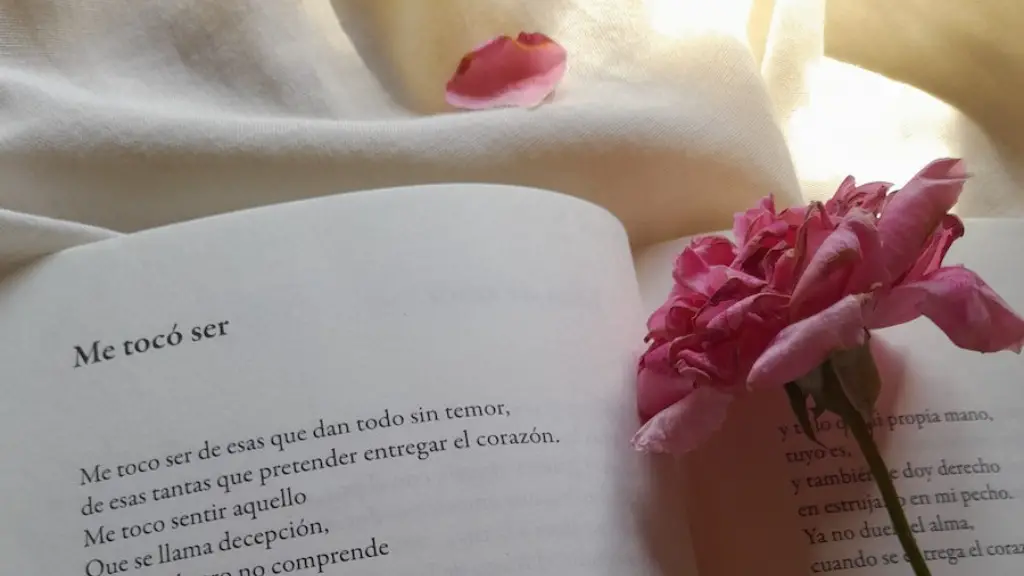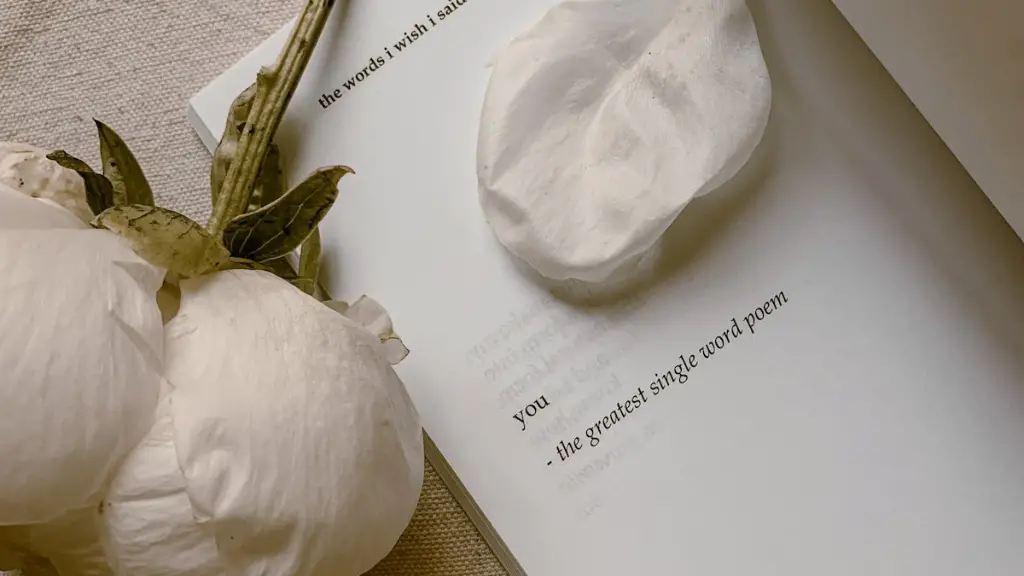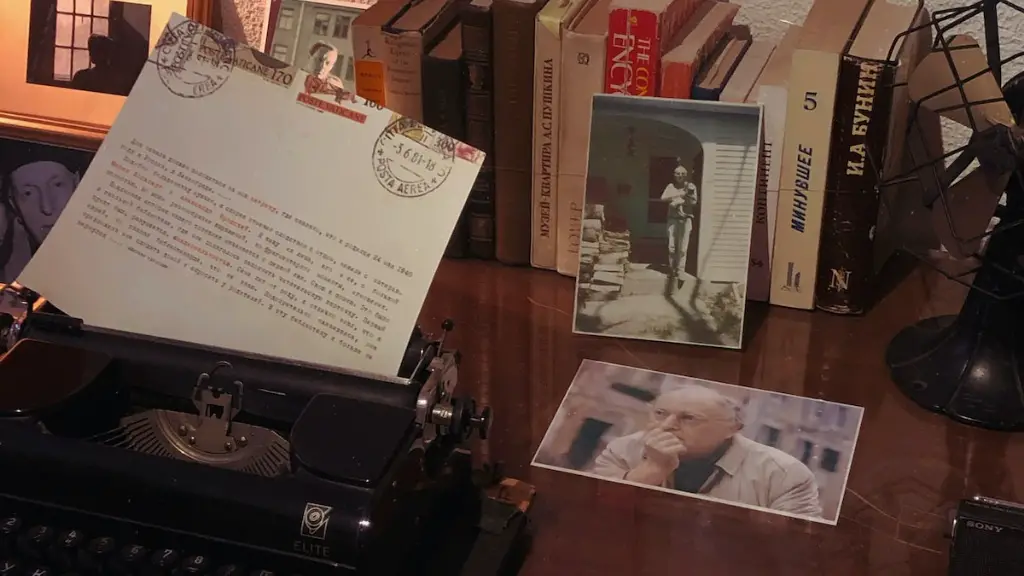The Romantic Era of Poetry: A Deep Dive
The Romantic Era of poetry was an influential period that lasted from 1798 to 1870. During the Romantic poetry period, the poetry of the period celebrated emotionalism, subjectivity, nature, and creativity. This era influenced not only literature, but also other art forms such as painting and music.
The Romantic Era began in England, then spread to the rest of Europe and ultimately to the United States. It was a period of literary exploration, experimentation and creativity. This was a time when poets started to express their emotions and explore the complexities of the human relationship to nature. During this period, poetry also explored a wider range of themes than before, such as death, love, nature, and spirituality.
William Wordsworth is widely viewed as one of the great poets of the Romantic Era. He was one of the first poets to incorporate nature into his poems. He was also the first to explore emotions within his writing and to make a conscious effort to capture the beauty of nature. His writing inspired many of the other great Romantics including William Blake, Samuel Taylor Coleridge, John Keats, and Percy Bysshe Shelley.
Romantic poetry also played a part in the development of the English language and literature. By incorporating nature and emotion into their works, the Romantics helped to broaden the range of literary expression. They also encouraged the use of vernacular, or spoken language, in their poetry. This helped to bring the language of the everyday person into the realm of literature.
The Romantic Era also saw the development of new forms of poetry. Among these were the sonnet, blank verse, and the ode. The sonnet was a 14-line poetic form with a strict rhyme scheme. It was popularized by William Shakespeare and was used by many other Romantic poets such as Wordsworth, Coleridge and Keats. Blank verse was an unrhymed iambic pentameter— a type of line with five pairs of unstressed syllables and a stressed syllable. It was mainly used by poets such as Wordsworth, Coleridge and Shelley.
The Romantic Era of poetry was a time of great artistic innovation. The influence of the Romantics can be seen not only in the works of their time, but also in the works of artists today. It was a period of exploration, experimentation and creativity, and the ideas and themes of the Romantics continue to inspire those who come after.
Forms Used in Romantic Poetry
Romantic poetry was composed in a variety of forms, including the sonnet, ode and blank verse. The most commonly used of these was the sonnet, a 14-line poem written in iambic pentameter. It often featured a strict rhyme scheme and a division between the octave (the first eight lines) and the sestet (the last six lines). The sonnet was popularized by the English poet William Shakespeare and used extensively by the other romantics such as William Wordsworth, John Keats, and Percy Bysshe Shelley. The ode was also commonly used, although it was less strict in terms of structure. It usually expressed a single idea over multiple stanzas and was often used to convey profound sentiments or philosophical musings. Lastly, blank verse was used by the Romantics. It was an unrhymed type of iambic pentameter, and allowed for a greater range of literary expression than the more strictly structured forms.
The Influence of the Romantics
The influence of the Romantic Era can still be seen today in literature and art. Its emphasis on emotion, nature, and creativity has inspired many modern authors and poets. The themes explored by the Romantics— love, death, nature, and spirituality— are still relevant in literature today. The use of vernacular in poetry has also been carried into the present day, helping to make the written word more accessible to everyone. Finally, the forms developed by the Romantics, such as the sonnet, ode and blank verse, still provide a structure for expressing ideas through poetry today.
Romantic Poetry and Nature
The Romantics sought to bring nature into their poetry and to capture the beauty of the natural world. This was inspired by their view of nature as a source of solace and spiritual renewal. Wordsworth, in particular, emphasized the relationship between the poet and nature, believing that it was a union that could bring a sense of peace and understanding. Wordsworth, Coleridge, Shelley, and Keats all wrote lyrical explorations of the natural world, and these have lasting influence not only on their contemporaries, but also on authors today.
Romantic Poetry and Emotionalism
The Romantic poets also focused on emotion and its power in their works. They sought to capture the emotions of love, joy, sorrow, and fear, and convey them in a deeper way than ever before. This emphasis on emotion— and the belief that emotion should be expressed freely— inspired many other poets, both during and after the Romantic period. Wordsworth, for instance, encouraged poets to “look inward and explore their own feelings and memories,” thereby paving the way for a new era of self-expression.
Romanticism and Social Change
The Romantics were also motivated by a desire to bring about social change. Their passionate belief in freedom and individualism led to a disparagement of the old social order. They saw the need for a new kind of society, one that valued liberty, truth and equality. Wordsworth, Shelley and Keats wrote in response to the changing political climate of their time, and their works served as a call to revolution. In the 20th century, the Romantics’ calls for social change still resonated with many authors, inspiring them to continue to work on behalf of social reform.
Conclusion
The Romantic Era of poetry was an influential period that lasted from 1798 to 1870. During this time, poetry shifted its focus from the traditional themes of the 18th century to celebrate emotion, creativity, subjectivity and nature. Although the influence of the Romantics is still felt today, their legacy in the realm of poetry remains undeniable. By incorporating emotion, nature, and social change into their works, they created a space for a new kind of literature, one that is still celebrated today.



